Culture
Nuestro objetivo
Buscamos preservar el patrimonio cultural indígena. Es decir, sus tradiciones, idioma, artesanías, gastronomía y cosmovisión.
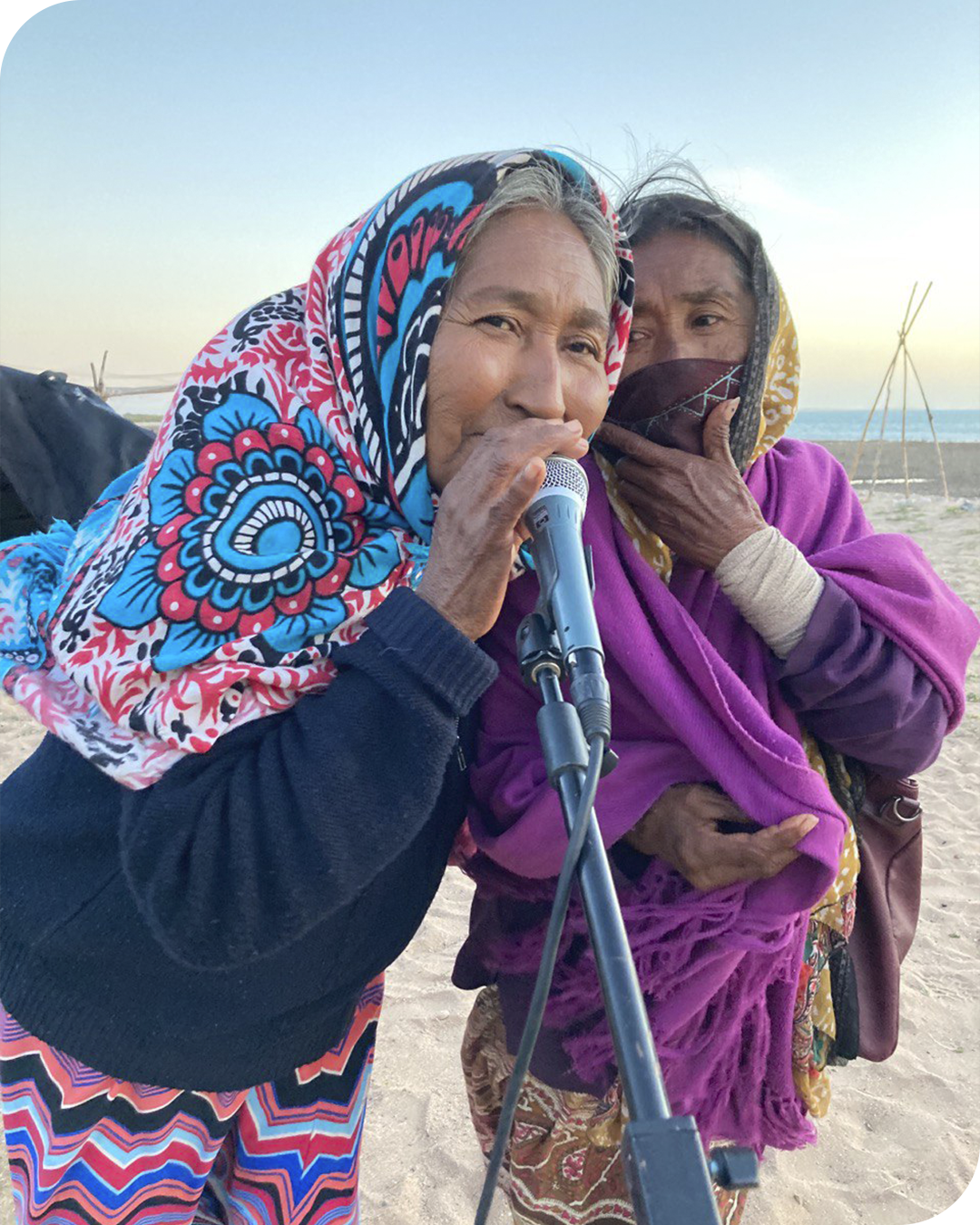
Language
Languages are an integral part of indigenous cultures. Unfortunately, more and more indigenous languages are at risk of disappearing and becoming “dead languages”. According to UNESCO’s Atlas of the World’s Languages in Danger, there are 108 languages at risk of disappearing and 6 endangered only in Australia.
When a language dies, a set of cultures and traditions is lost. Languages are more than just a set of words to communicate with others. The linguist Claude Hagege considers that languages are the way of expressing one’s relationship with nature, with the world, with oneself, and with their relatives.
With the disappearance of indigenous languages, the identity of each ethnic group, their collective memory, and their worldviews things would be lost.
But there is something serious that we also can lose: key medical, environmental, technological, social, and cultural knowledge written only in indigenous languages and encoded over millennia.
If indigenous languages disappear, it is probably that large indigenous contributions to medicine, such as quinine (which was the first effective treatment against malaria) would not exist since this knowledge was associated with indigenous languages of the Amazon.
Indigenous people are ceasing to speak their languages, the whole world is losing the benefits of transmitting a whole legacy of knowledge, and what is being done in return? Offering indigenous peoples, moderately, to enter an education system that is not designed for them.
Only one in three indigenous children speaks the language of their parents when they finish school. The reason for this fact is that the region’s school systems have been insensitive to their cultural and linguistic needs. For more than half a century, some schools have been experimenting with models of intercultural and bilingual education, but the implementation is still limited.


Handicrafts
Indigenous tribes make works of art. Their handicrafts go from woven items to clay cups, baskets, bags, and more.
Unfortunately, some fashion designers buy indigenous handicrafts at an unfair price. Then, they resell them at exorbitant prices. Some fashion designers have even copied indigenous creations without respecting their copyright.
In response, the National Institute of Indigenous Peoples of Mexico (INPI in Spanish) joined in the condemnation of plagiarism, reiterating that the use of indigenous community referents without their authorization is a violation of human rights.
Those who violate the intellectual property of indigenous tribes may be required to pay large fines, as they are taking advantage of the work and original creation of these indigenous communities.
Haa Xah Tiipe wants to help indigenous communities raise their voices so that their intellectual property is not violated. We want more and more indigenous families to earn money selling the handicrafts they create.
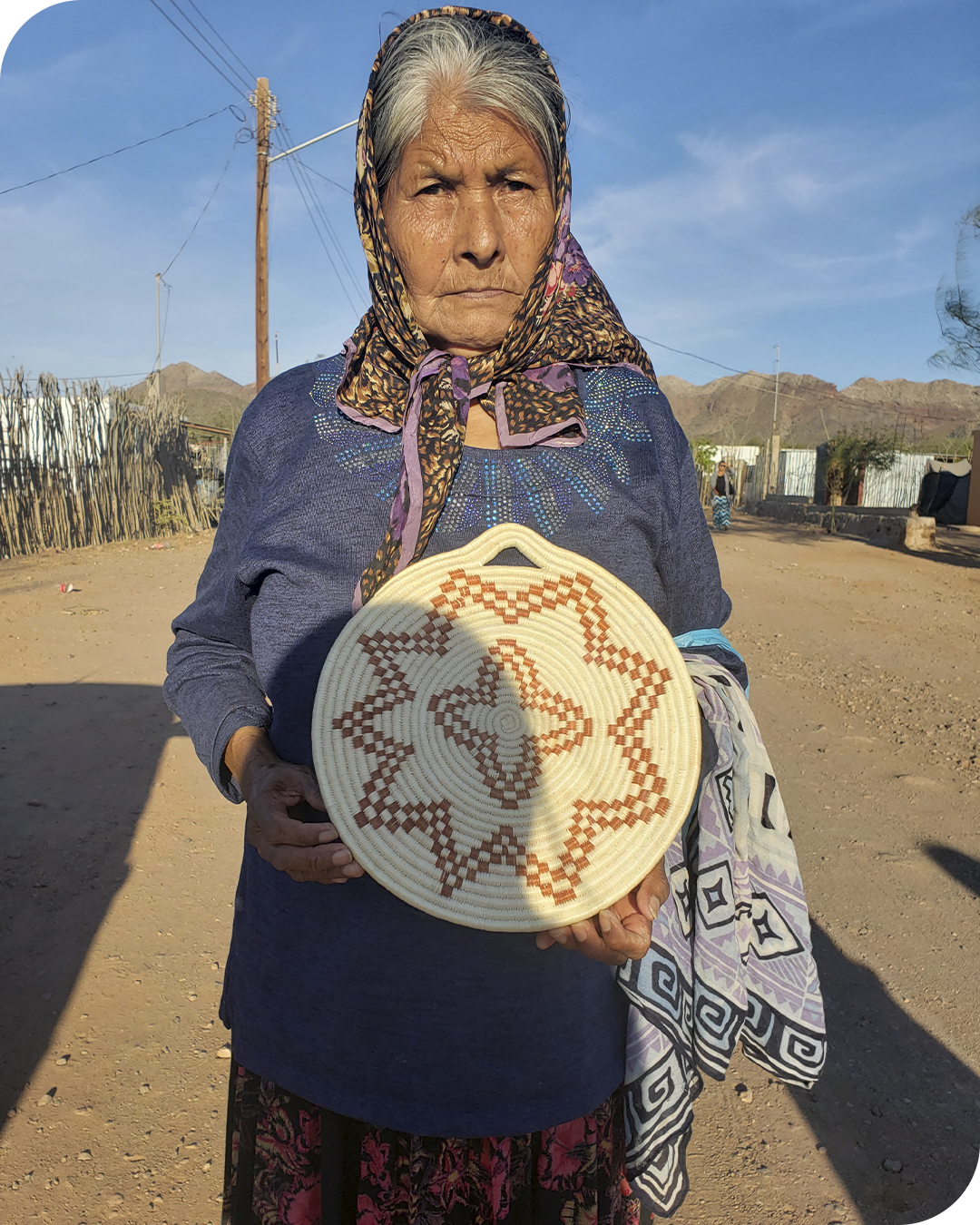
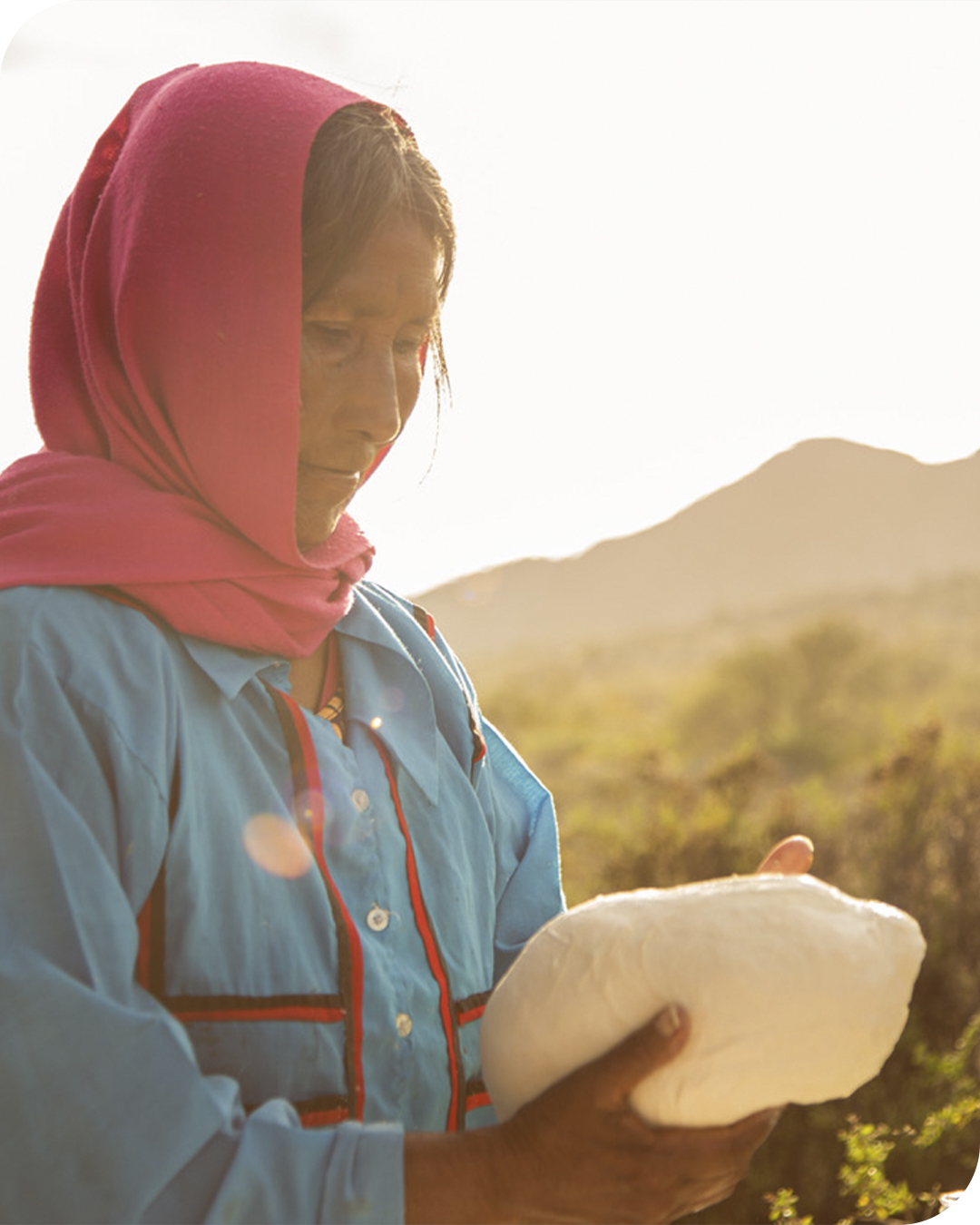
Gastronomy
Comcaac gastronomy is very rich. It includes foods from the sea and the desert.
Among the seafood are the loggerhead (sea turtle), clams, crab, octopus, shrimp, snails, and mussels.
From the desert, they consume pitahaya (which has a raspberry flavor), cactus juice (which is drunk when there is no water), and plants such as pajoocsim (Batis maritima), whose roots provided sweetener before honey existed.
Without a doubt, the Comcaac tribe has a rich gastronomic culture that is worth knowing and enjoying. A culinary culture with high tourist potential.


Eco-tourism
Knowing, living, and experiencing the world of the Comcaac tribe is a great eco-tourism opportunity for people from other countries.
In addition, it allows the Comcaac tribe to share their culture with people who live outside of this region.
Eco-tourism involves much more than seeing beautiful landscapes and enjoying the beaches, even more than just getting to know Tiburon Island and protected natural spaces. Eco-tourism implies knowing what is behind those landscapes, the history of that land.
How can one walk on a beach without knowing that the place has a name and a history? To know all this and more, tourists can enjoy a tour with members of the Comcaac tribe.
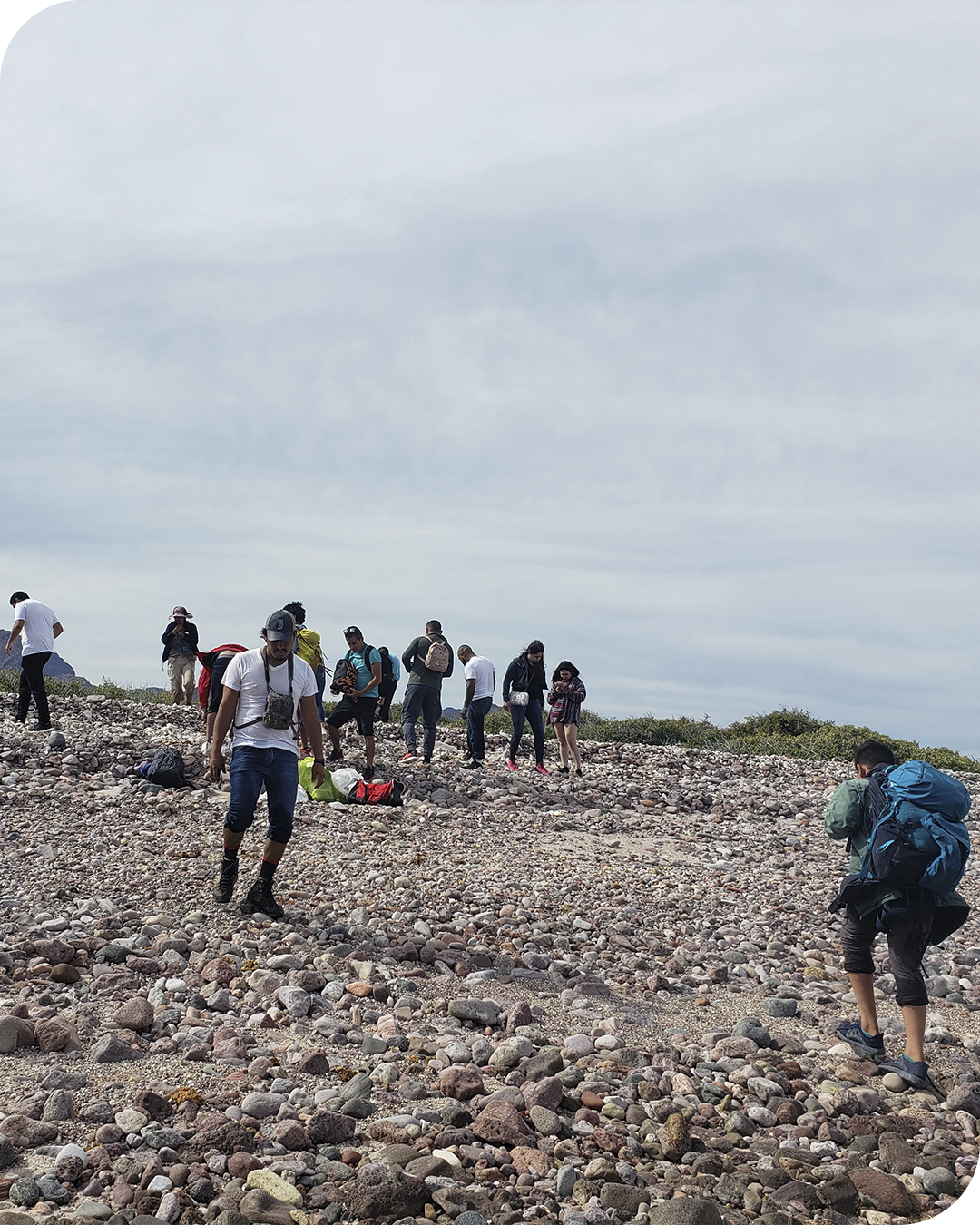
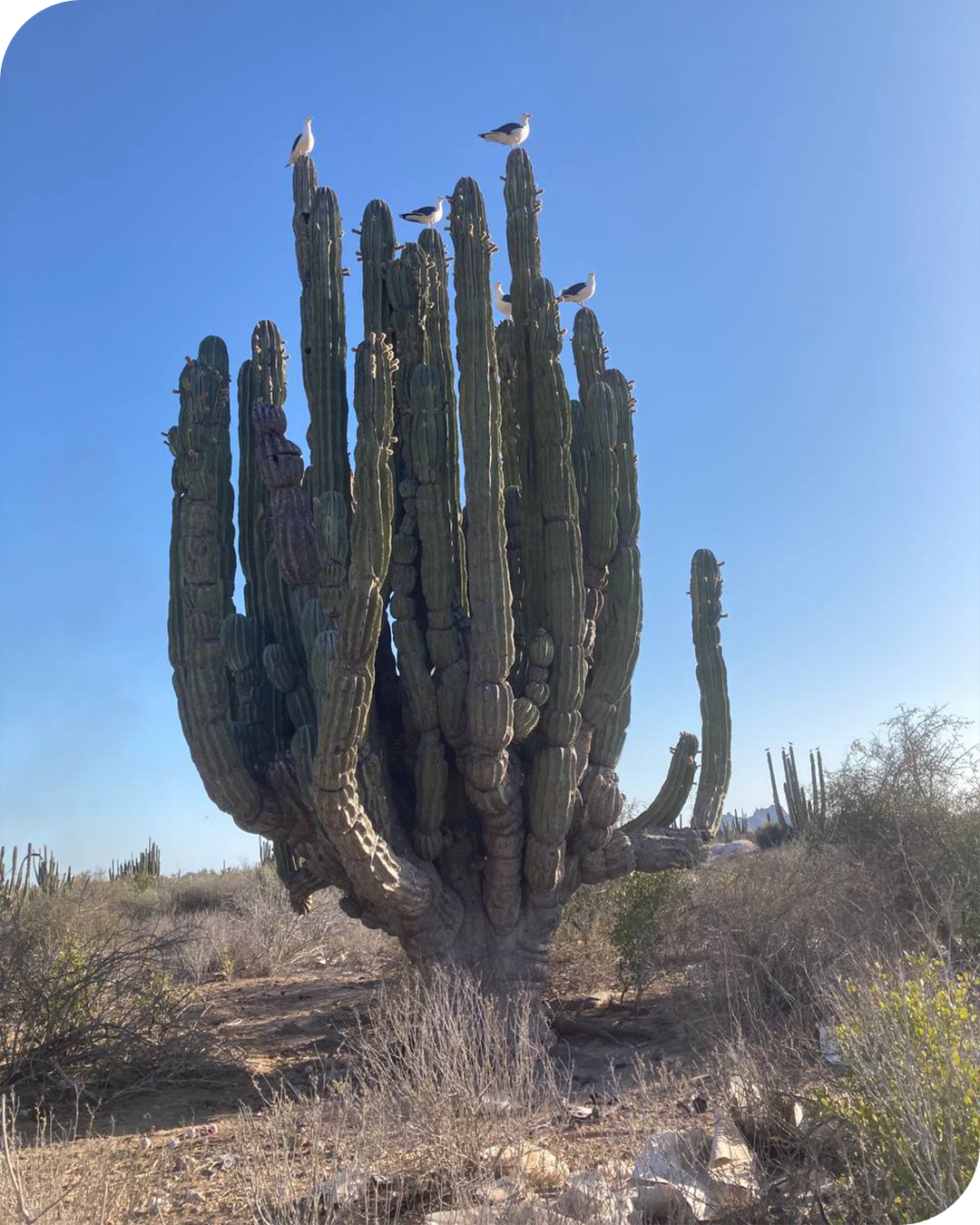
Herbalism
Ethnobotanical knowledge is encoded in the way the speakers of a language describe and classify nature.
Without this information, it is probable that large indigenous contributions to medicine, such as quinine, which was the first effective treatment against malaria and is still the preferred treatment for resistant malaria, would not have been made.
There are many natural medicines that indigenous peoples know how to use, and they describe this process through their languages.
For this reason, the world needs to preserve indigenous languages, and this is one of the goals of Haa Xah Tiipe.
YOU CAN HELP US ACHIEVE OUR GOAL
Participate in this initiative!
Help us to provide a better quality of life to the members of the Comcaac tribe. There are hundreds of older adults, young people, women, and children who need help to get what they need and have qualitu of life.
When you decide to support our cause, you’re helping to promote and protect the cultural heritage and rights of the indigenous peoples of Mexico and Latin America. Whether you want to make a one-time donation, a monthly donation, or become a volunteer member of Haa Xah Tiipe, we will be very grateful.
If you want to know more about how to help indigenous peoples, you can contact us.
